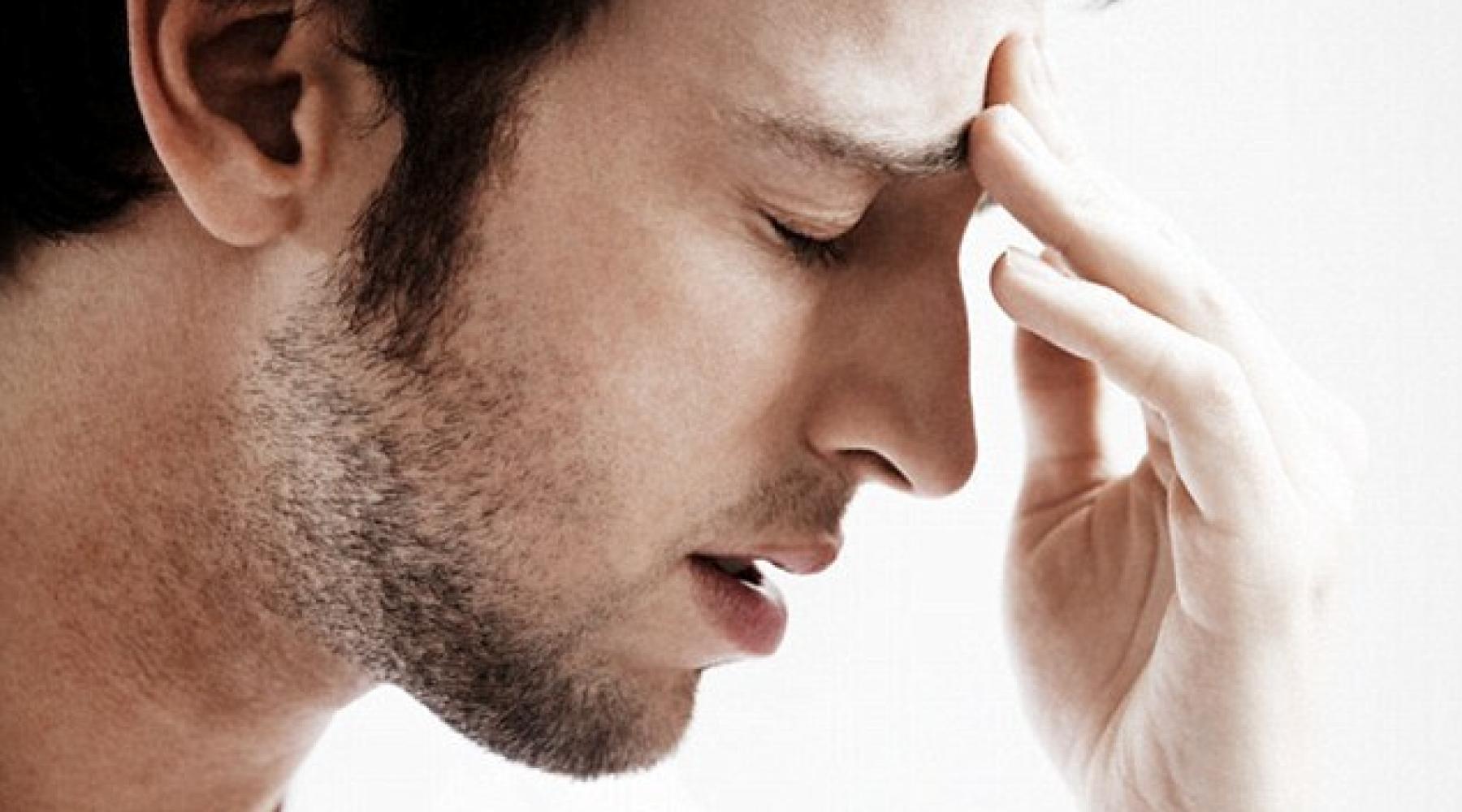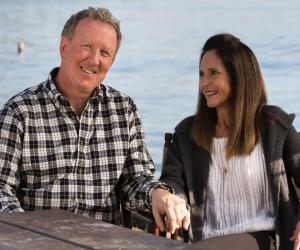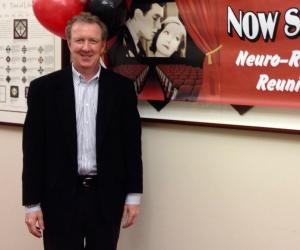July 4th is an odd day to Blog. I’m odd. It fits
“Yogi” Berra, the former catcher of the New York Yankees known for his verbal antics, once said, “I take a two-hour nap, from one o’clock to four”. My Dad took me to Yankee Stadium to watch a game when I was 7. The Yankees have been deeply embedded in me ever since.
A former US Marine Corp officer who conducts meditation sessions for Intermountain Medical Center’s Outpatient Neuro Rehab Clinic gave the best explanation for what is feels like to battle fatigue as a traumatic brain injury survivor. She said, “Battling TBI fatigue is like preparing for a university final exam every day!”
Fatigue management is all about preparation. Sometimes, days or weeks in advance for big events. If I don’t plan for “brain breaks” (taking 5 minute breaks hourly throughout the day), I'm going to pay for it. This goes double if its a big event. It's extremely difficult to cut out of a family party, a crowded concert, or a holiday party. If I'm preparing for a high pressure speaking gig and I don’t schedule time for breaks, I've made a bid mistake.
One like I made last Thanksgiving when my wife, Laura, and I were asked to be the "Spokespeople" for Kootenai Health’s Festival of Trees black tie fund raising Gala. Kootenai Health is the hospital I was life flighted to after my third traumatic brain injury. Dr. Ganz, one of the county’s best neurosurgeon's, saved my life on August 15, 2011. I crashed my Harley into a bed of lava rocks after passing out from food poisoning. I ate a spoiled trout the night before. Who would have thought an “adrenaline junky” would be taken down by a bad fish.
Five years later they asked us to help them raise funds to expand the hospital’s ER and OR sections of the hospital - the areas used to save my life and put my broken boy back together. Of course we said yes! Then the pressure was on us to prepare. John Ness, Kootenai Health’s CEO, asked us to help them reach a fund raising record. They filmed a promotional video of us three months prior to the event.
We prepared tirelessly for weeks up until we hit the stage. No, I didn’t take breaks. No I didn’t eat right or sleep the way I should have. No I didn’t take care of myself. Yes, we helped Kootenai Health raise over half a million dollars and set a new record in donations. The standing ovation was heartwarming. Tears flowed. Kim and Britt, the event coordinators, put their hands over their hearts as we walked off the stage. Our Keynote Speech was a huge success.
But I “broke” myself as a result. Recovering for a month from the damage I inflicted on my body, brain and emotional stability was horrendous.
Two weeks after returning from the Gala, Laura and I were on I-15 in Salt Lake City coming home from a holiday party. I was exhausted and knew I shouldn’t be driving. It was her birthday and she was on her cell phone talking with our family. I made the mistake of offering to drive. Minutes later, I took our exit off the freeway. My TBI brain took a TBI “wander”.
I don’t remember anything after entering the offramp until I heard Laura screaming at the bottom, “GREG!” I was driving freeway speed on a collision course, head on, towards a car exiting from the other offramp! I smashed the brake peddle to the floor. ABS took over, taking off layers of tire tread as we started the “off and on skid” the ABS system is meant for. I swerved the wheel hard to the right. Luckily, other driver duplicated the maneuver in the opposite direction. We avoided the collision by inches! Tears were immediate. My heart rate was off the chart. In our garage I rolled out of the car, onto the cement in a human ball. Uncontrollable sobbing. A broken TBI survivor.
I knew I almost killed my best friend and lover. I almost took myself with her as collateral damage.
It took months of therapy, Neuro Psych sessions and appointments with my Neuro Rehab Physician to recover from failing to protect my body. I had to learn from my mistake. We evaluated what I did wrong. I learned what “not to do” in preparing for a high pressure speaking event. I committed to manage and “Battle Fatigue” properly going forward. I have the tools and I learned the techniques from a survivor's perspective.
I will not repeat my mistake!
I’m a Harley guy. It’s like we used to say when someone would ask what it feels like ride a “HOG”. We would reply, “If you have to ask, you haven’t ridden a Harley!” The same is true with battling TBI fatigue. If you haven’t had a brain injury, it is difficult to explain what it feel like to engage in fatigue battle.
However, there is a movie that comes close. A “My Beautiful Broken Brain” on Netflix. It is an amazing portrayal of a British woman who experienced a serious “brain bleed” stroke that almost killed her. She was found in time and had brain surgery. Lotje Sodderland was a professional documentary producer. When she woke up, she did what came naturally to her. She began filming her recovery with her iPhone. She eventually asked a fellow documentary filmmaker to help film her rehab and turn it into a movie. It was picked up by Netflix and is now one of the most popular documentaries. MBBB was just nominated for an Emmy!
Lotje does an amazing job of filming what it was like recovering from a brain injury. She shot noisy crowds, bright lights, and visual colors from one of her eyes. She showed what it felt like not quite fitting in with her close friends. And she demonstrated brain fatigue.
When Laura and I watched it together, Laura asked me, “Greg is this what is feels like going to family parties and crowded events?" I said, “Yes honey, it is." She finally understood me after five years. This film is very powerful and I recommend it to TBI survivors and caregivers. We experience an awakening after watching it as a couple.
Dr Brian Greenwald, MD is the Medical Director of the Center for Head Injuries for the JFK Johnson Rehabilitation Institution. He wrote in brainline.org December, 2016, "Fatigue is a common problem after brain injury. Estimates of the incidence of fatigue for individuals with TBI range from 50-80 percent. Depression, pain, sleep disturbance, and neuroendocrine abnormalities all have been associated with fatigue after TBI."
I am a volunteer mentor with brain injury survivors and caregivers with Intermountain Medical Center's Neuro Rehab Group. Most of the brain injury survivors I work with battle fatigue just like me. We understand each other and have a common bond. We know the rules of engagement and engage in brain injury fatigue battle.



